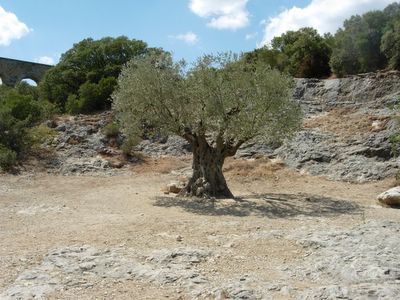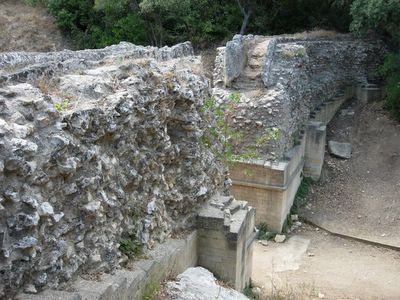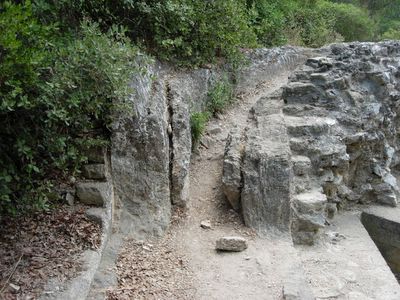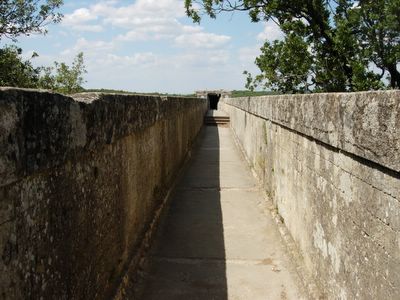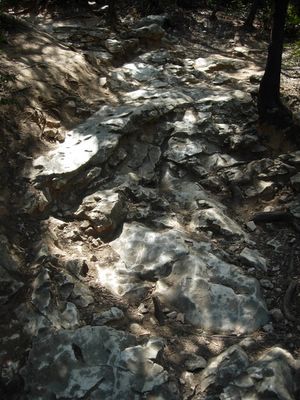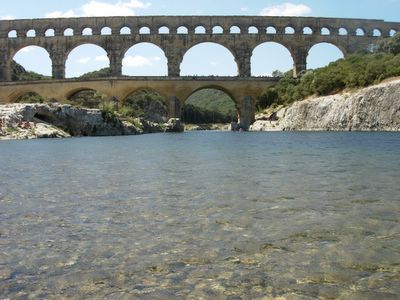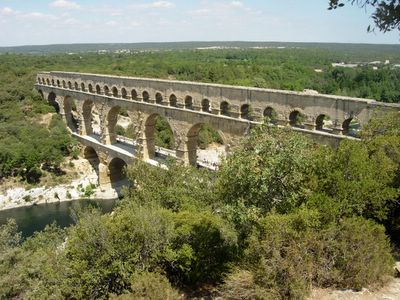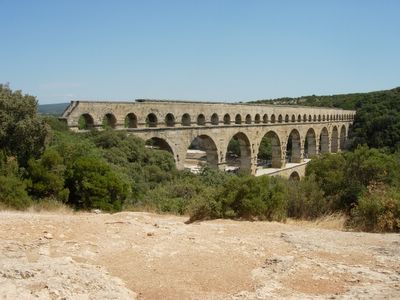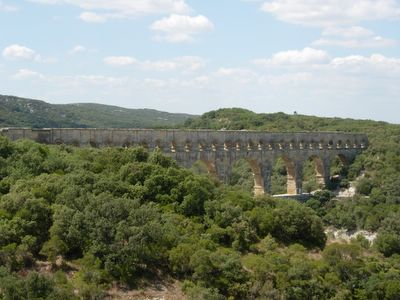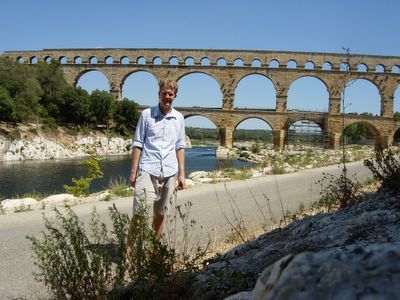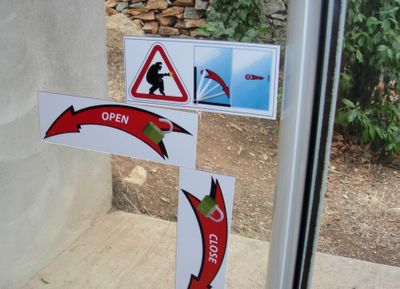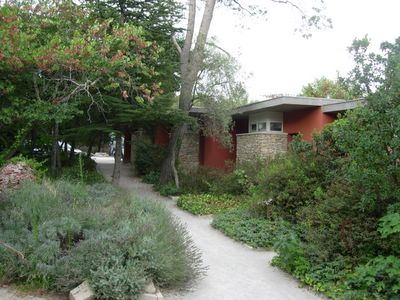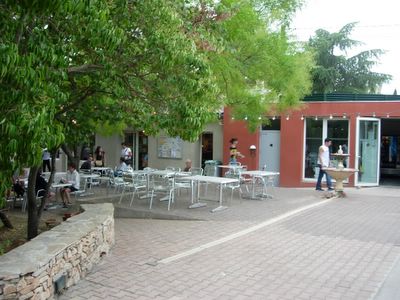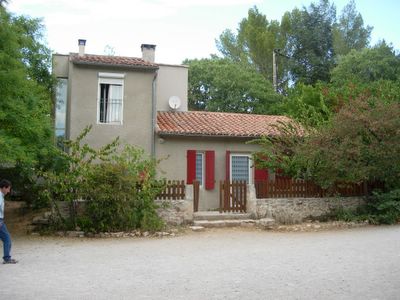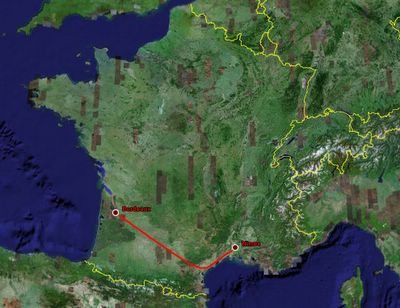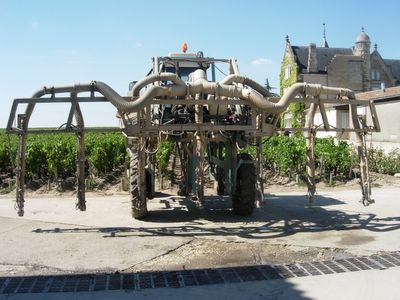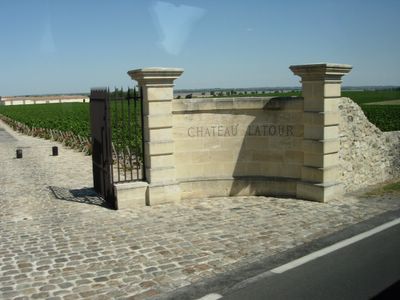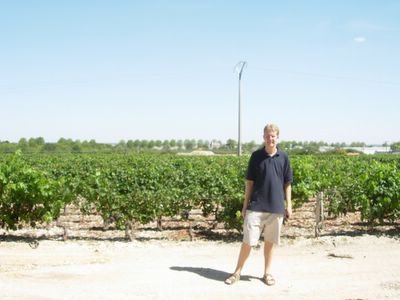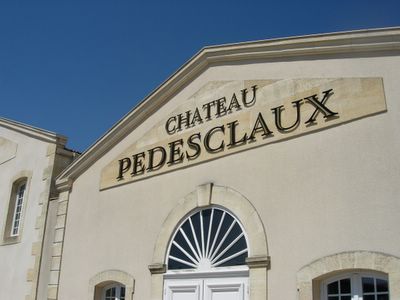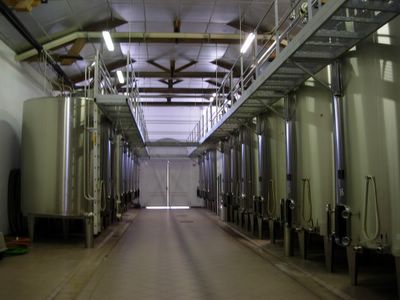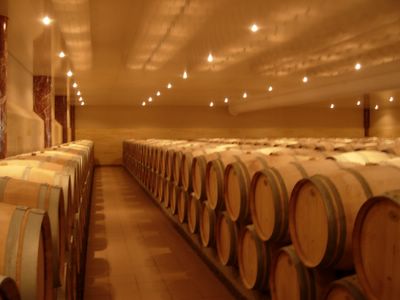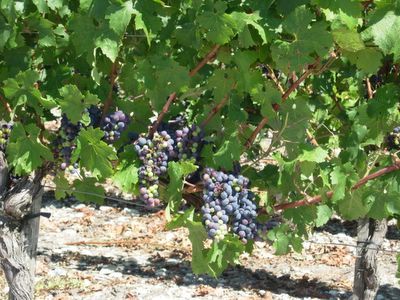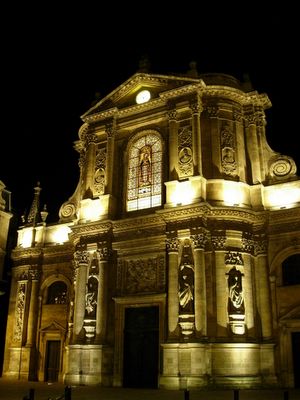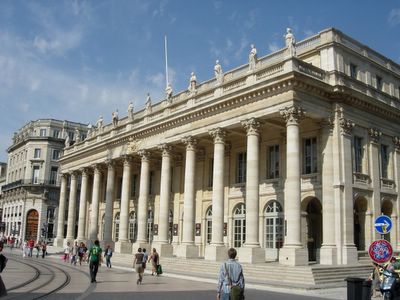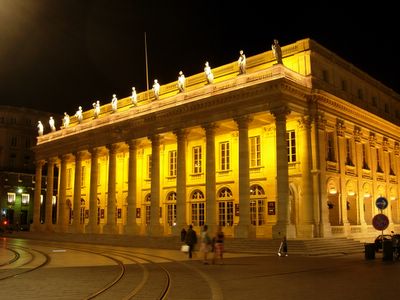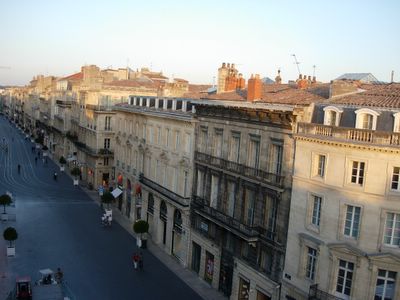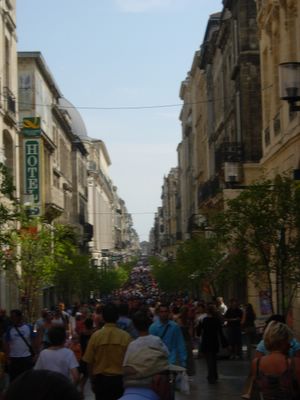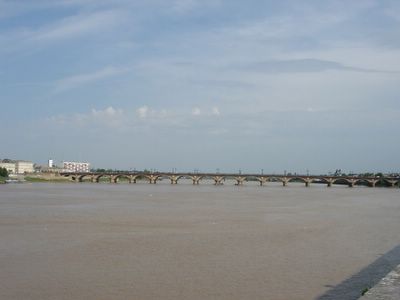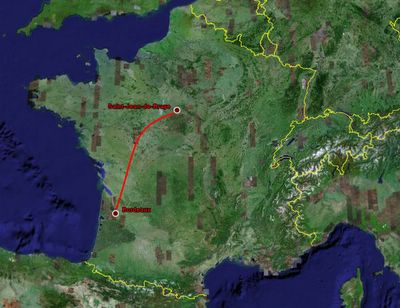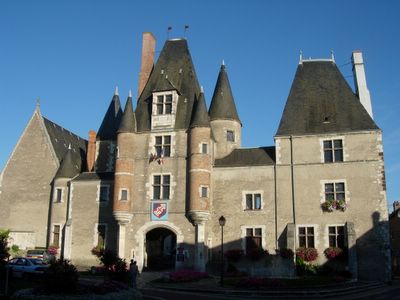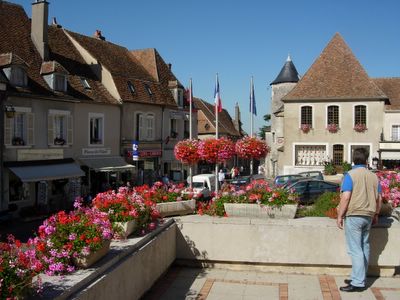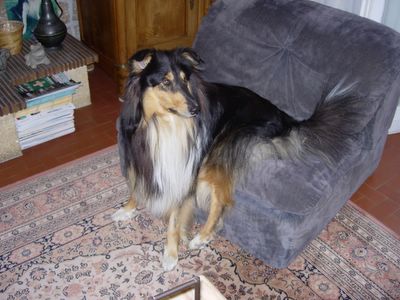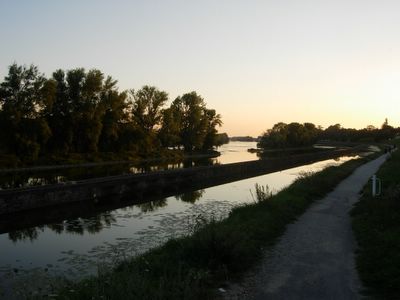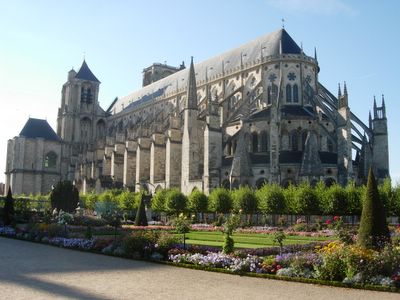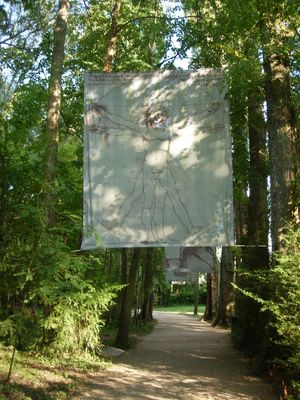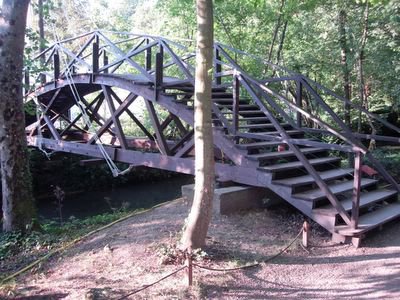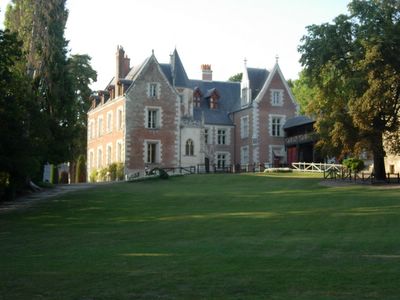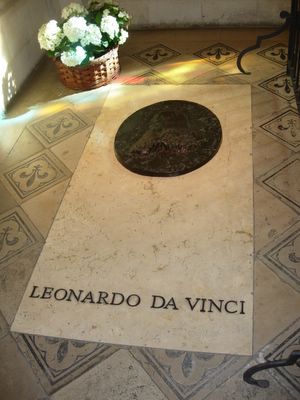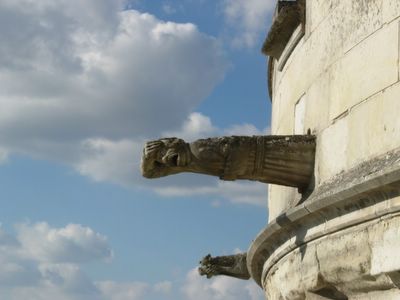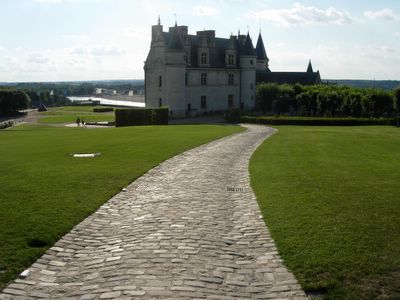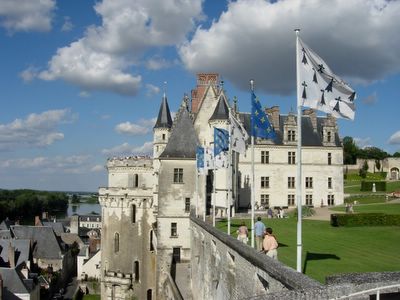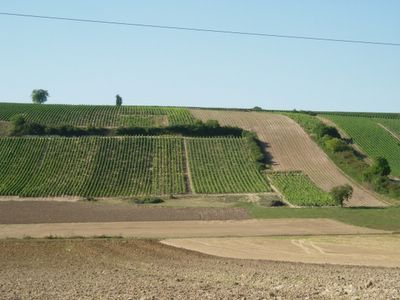
French wine production is structured very differently than American wine production (or wine from outside of Europe in general). If you go to the store and want to buy a wine, you would choose maybe a Chardonnay from California, a Pinot Noir from Oregon or a Shiraz from Australia. If you bought a French wine, you would buy a Bordeaux, Champagne or a Sancerre which all refer to the growing region. The grape is not listed on the labels at all. French wine is ordered according to the concept of terroir, whereby the land that the wine is grown on is more important than the varietal or mix of varietals. In the new world, often one vineyard will grow several varietals in the same vineyard (you might be able to get a Pinot Noir, a Merlot, a Cabernet Sauvignon and a Syrah from one Napa vineyard for example). In France this is rarely the case. In fact, entire regions generally only produce one type of wine (sometimes a white and a red). The terroir is what distinguishes the wines of the same regions from each other. The grape is the same, so the soil, the slope of the land, the direction the land faces, the weather of the vintage year and other factors all make a big difference in the quality of the wine. Claude tried to explain this concept to me before we went to Sancerre and I wasn't convinced, but after tasting wine in Sancerre I am a believer.
In
Sancerre the white varietal is Sauvignon Blanc. This means that any white Sancerre you buy at the store is 100% Sauvignon Blanc. This is just something you have to know about French wines before you go to the store. Nothing on the bottle will help you learn this. We stopped at the winery
Henri Bourgeois for tasting. I think we tasted eight different sauvignon blanc's that they produce. There were three from Sancerre which had different terroirs and vintages, three from across the Loire in Pouilly Fumé and sauvignon blanc's from New Zealand and South Africa. The differences were amazing and very noticeable. In one case we tasted two Sancerre wines that shared a vintage, but differed in terroir, (one planted in flint and the other planted in chalky clay if I remember correctly) and they were quite different. It was very interesting tasting so many wines from the same grape at once. This is the way wine tasting should be everywhere. We tasted 13 wines in all (Sauvignon Blanc and Pinot Noir only). I really enjoyed my wine tasting experience in Sancerre. Once again, it was greatly enhanced by having a local along. Claude conversed extensively with one of the workers in the tasting room and I discovered that I am surprising good at following a conversation about wine in French.
